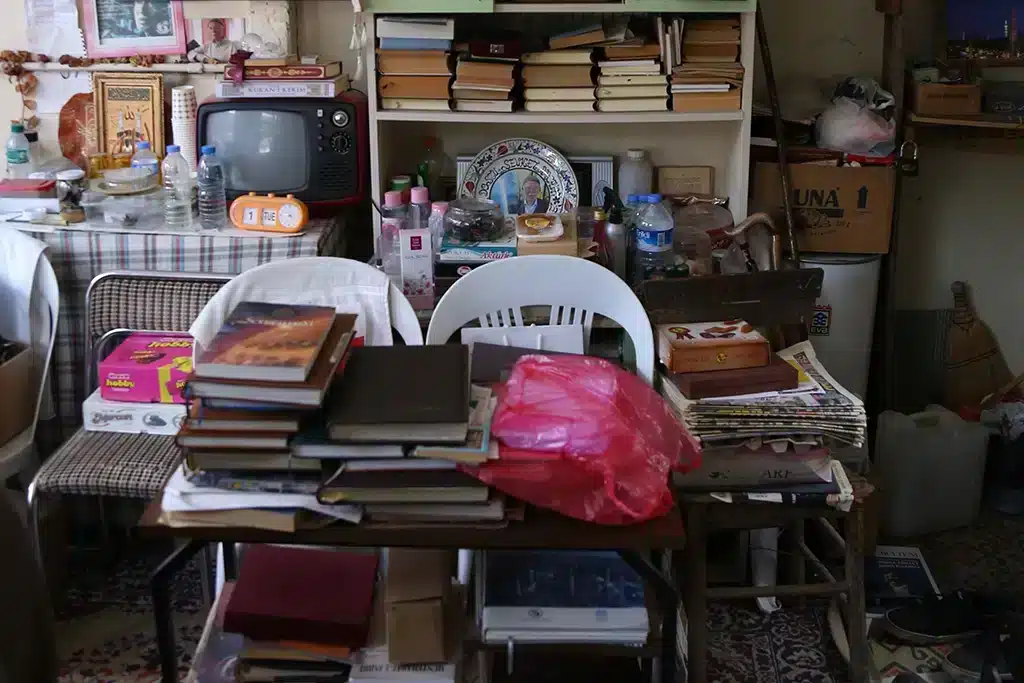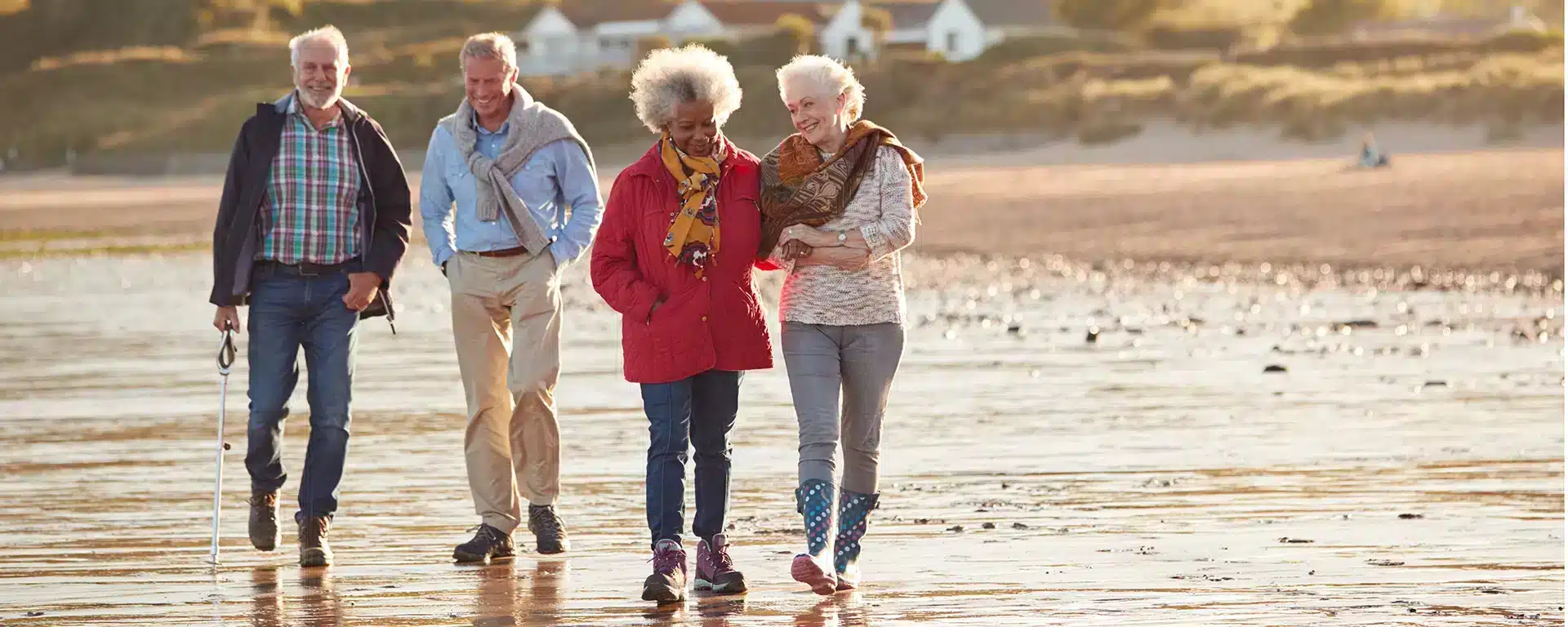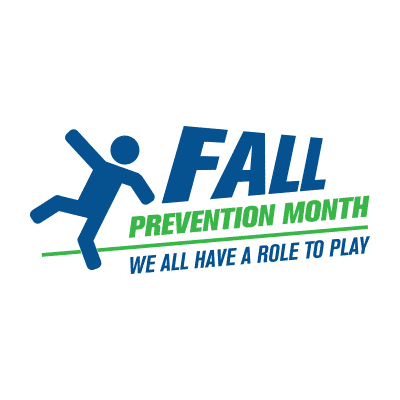Don’t Treat Falls – Prevent Them with This Checklist
Fall Prevention Checklist
Keeping older adults, their families and caregivers out of clinics, emergency rooms and hospitals is crucial.

Over 3 million older people each year are treated in emergency departments for fall injuries.
A fall can have a devastating effect on a family, especially as we have an over-burdened healthcare system.
Most falls can be prevented and it’s important to address key safety points in the home. Below you’ll find a checklist developed by an Occupational Therapist to help identify how your home environment, different rooms and different activities in the home can be improved in small but important ways.

When entering your home:
- The entrance is well lit and free of clutter
- The entrance and any steps are well-maintained and free of ice and snow
- Step risers and threshold are shallow enough to be easy to step up
- A ramp or platform lift is in place for wheelchair or rollator access
- A sturdy railing is in place – this will provide a hand-hold on the strong side both ascending and descending the steps
- A key lock or security system is easily managed
- The door handle is easy to manipulate – consider lever door handles
- The door can easily hold or be held open to enter and exit safely
Moving throughout the home:
- Pathways are clear and free of clutter
- Scattermats are not present
- Pets and toys do not present a tripping hazard
- There is room to maneuver a walker or rollator if required
- Good lighting throughout
- The thermostat, curtain pulls, and window openings are easy to access
- Smoke detectors are present and in good working order
- Carbon Monoxide detectors are present and in good working order
- No wires or electrical cords across walking areas
Kitchen tasks:
- The electric kettle has an automatic shut-off
- No signs of burnt pots or previous fires around the stove, toaster, microwave, or toaster oven
- Stovetop dials are easy to read to confirm burners are off
- Knives and scissors are stored safely
- No evidence of spoiled food in the refrigerator or cupboards
- Tableware, pots and food items are easy to reach in cupboards
- Garbage/recycling is kept in a safe, hygienic place and does not present a tripping hazard
- There is a stool or chair for sitting to prepare meals or clean dishes if fatigue is an issue
- There is a method to transport foods and drinks to the table or counter for eating
Getting in and out of the tub and shower:
- The non-slip mat in the tub or shower does not move or slide
- You are able to safely step in and out of the tub or shower one leg at a time without balance issues – if not you need a product for support
- You are able to stand for the duration of your shower without fatigue or dizziness or you are able to get down into the bottom of the tub for a soak – if not consider a bath chair
- If you are not able to step in and out, you have a bath board or tub transfer bench to be seated then lift your legs in or out
- If you shower from a safe seated position, you have a hand-held shower
Getting on and off the toilet:
- All products needed during the toileting routine are easy to access from the seated position
- The toilet is 18” or higher to make it easier to stand up
- Hand supports are available to assist lowering or standing up from the toilet
- If support is needed to balance when managing clothing or to transfer to a walker or wheelchair, the support is in the appropriate place
In the bedroom:
- The telephone or call bell is within easy reach when in bed
- There is a clear path to the bathroom or commode for night-time use
- A night light is in use
- A clock is visible from the bed
- The height of the bed makes transfers easy
- The edge of the bed is firm enough to prevent sliding off the bed when seated at the edge
- Flooring is not slippery
- Appropriate slippers or footwear are accessible from a seated position at the side of the bed
- The bed or a sturdy chair is available for dressing from a safe seated position
- There is adequate room at the side of the bed for a walker or wheelchair access
Getting Up and Down the Stairs:
- Clear any items off the staircase, such as boxes or pet toys
- Keep the top and bottom landing areas free of clutter and clear of loose rugs
- If you have glasses prescribed for distance vision, always use them
- Ensure the railing is tightly secured and consider the addition of a second handrail
- Lighting on and around the staircase should be adequate enough so that each step is fully visible
- If the stair treads are made of a material that can be slippery, have anti-slip tape/strips installed
- If a decline in mobility has prevented the safe use of the stairs by foot, consider looking into the addition of an accessibility solution, such as a stair lift
We encourage you to send this checklist to anyone you know that may find it useful!
If you have questions or would like help on how to make your home safer, please call us at 888-619-9992 or email us. For immediate fall prevention and home safety solutions, visit a HealthCraft reseller partner near you.




